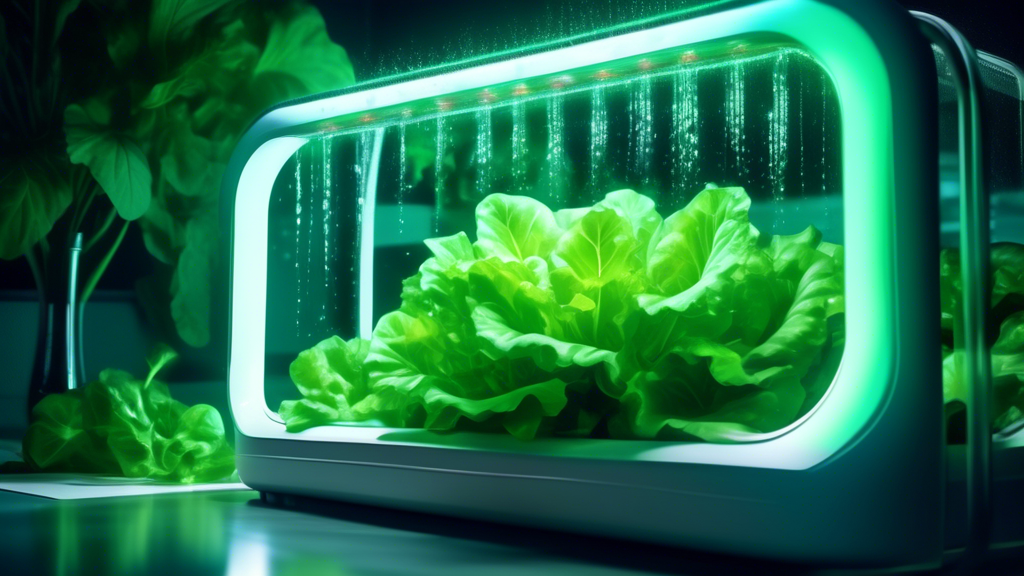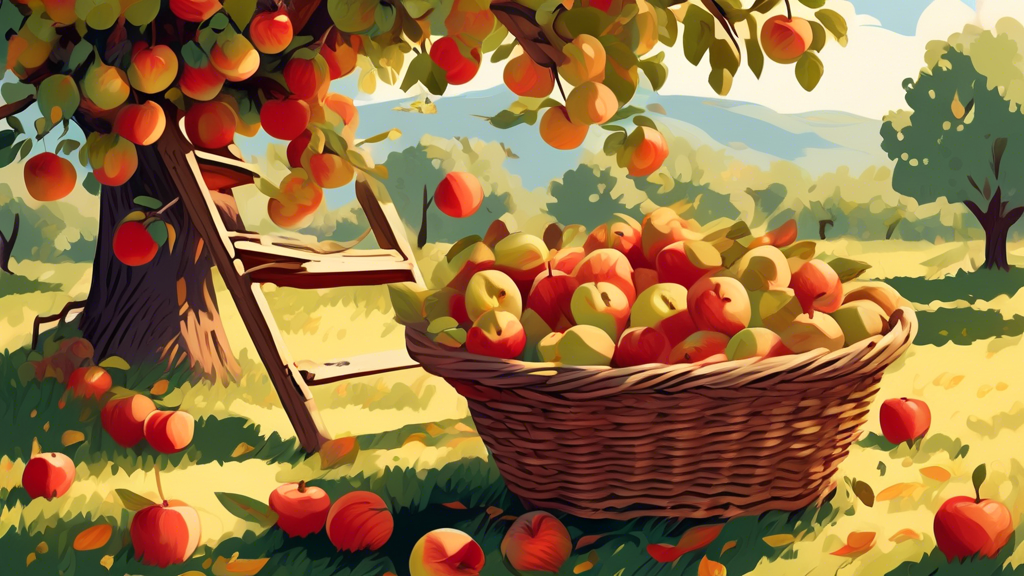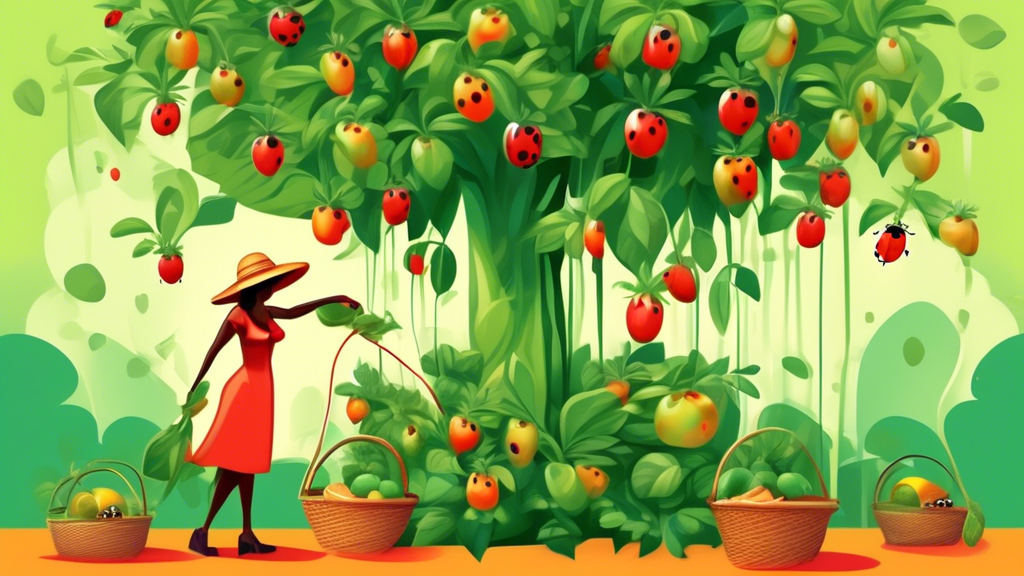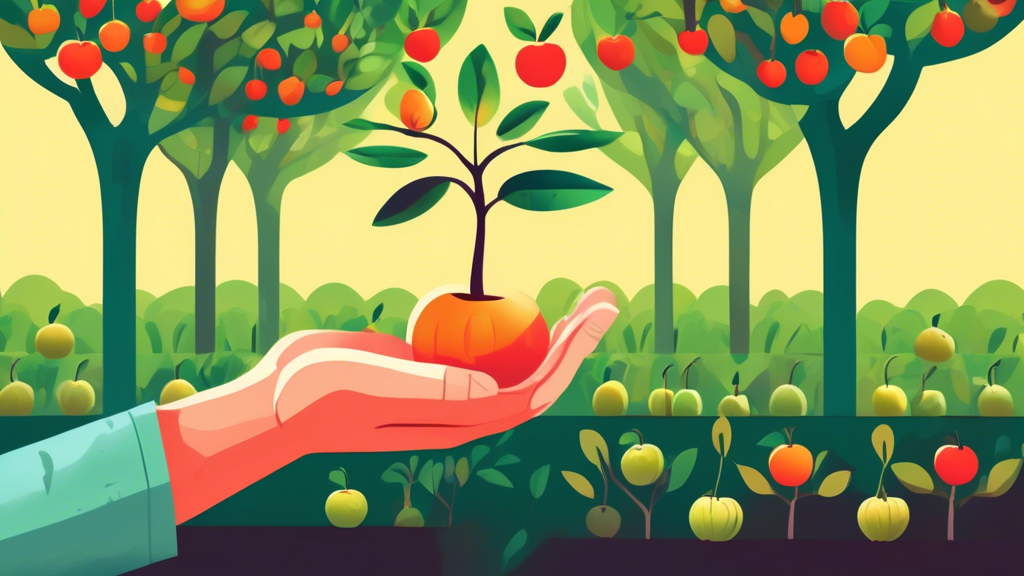
Introduction
In a world grappling with climate change and shrinking resources, the need for sustainable and efficient food production methods has never been more critical. Hydroponics, a soil-less gardening technique, emerges as a beacon of hope, offering a revolutionary approach to cultivating plants in a controlled environment. This article delves deep into the myriad benefits of hydroponics, exploring its potential to transform the future of food production and pave the way for a more sustainable and food-secure world.
Understanding Hydroponics: A Primer
Hydroponics, derived from the Greek words hydro (water) and ponos (labor), is a method of growing plants without soil. Instead of relying on soil as a growing medium, hydroponic systems utilize an inert medium like coco coir, perlite, or rockwool to provide structural support to the plants. The roots are submerged in a nutrient-rich solution, delivering essential minerals and nutrients directly to the plant’s root system.
Types of Hydroponic Systems
There are various hydroponic systems, each with its own set of advantages and disadvantages:
- Deep Water Culture (DWC): One of the simplest systems, DWC involves suspending plant roots in an aerated nutrient solution.
- Nutrient Film Technique (NFT): NFT systems use a constantly flowing thin film of nutrient solution that runs over the plant roots.
- Drip System: A popular choice among home gardeners, drip systems deliver nutrient solution directly to the base of each plant.
- Ebb and Flow (Flood and Drain): This system periodically floods the growing tray with nutrient solution and then drains it back into a reservoir.
- Aeroponics: In aeroponic systems, plant roots are suspended in the air and periodically sprayed with a fine mist of nutrient solution.
Unveiling the Benefits of Hydroponics
Increased Yield and Faster Growth Rates
Hydroponics takes center stage in maximizing plant growth potential. By providing plants with readily available nutrients and optimal growing conditions, hydroponic systems unlock faster growth rates and significantly higher yields compared to traditional soil-based gardening. With roots directly exposed to essential nutrients, plants can focus their energy on growth and fruit production, resulting in bountiful harvests and accelerated growth cycles.
Water Conservation: A Precious Resource Saved
In an era of increasing water scarcity, hydroponics emerges as a champion of water conservation. Hydroponic systems use up to 90% less water than traditional soil-based agriculture. This remarkable efficiency is achieved through recirculating nutrient solutions, minimizing water loss through evaporation and runoff. By conserving this precious resource, hydroponics offers a sustainable solution to food production in water-stressed regions.
Eliminating Soil-Borne Diseases: A Healthier Approach
Soil-borne diseases pose a significant threat to plant health and can decimate entire crops. Hydroponics effectively eliminates the risk of soil-borne diseases by providing a sterile growing environment. Without soil, pathogens and pests that thrive in the soil are kept at bay, resulting in healthier plants and reducing the need for pesticides and herbicides.
Year-Round Cultivation: Breaking Free from Seasonal Constraints
One of the most enticing benefits of hydroponics is its ability to transcend seasonal limitations. By cultivating plants indoors in a controlled environment, hydroponic systems allow for year-round food production, regardless of external weather conditions. This means fresh, locally grown produce can be enjoyed throughout the year, reducing reliance on long-distance transportation and its associated environmental impact.
Maximizing Space Utilization: Urban Farming’s Best Friend
As urbanization intensifies and land becomes increasingly scarce, hydroponics provides a viable solution for maximizing space utilization. Vertical farming, a revolutionary approach utilizing stacked layers of hydroponic systems, enables food production in urban environments with limited space. This innovative approach brings food production closer to consumers, reduces transportation costs, and minimizes the carbon footprint associated with food miles.
Reduced Environmental Impact: A Sustainable Solution
Hydroponics aligns perfectly with the principles of sustainable agriculture. By reducing water consumption, eliminating soil erosion, and minimizing the need for chemical inputs, hydroponics offers a more environmentally friendly approach to food production. Moreover, by enabling local food production, hydroponics reduces the carbon footprint associated with transportation and supports a more sustainable food system.
Hydroponics: Shaping the Future of Food
Addressing Food Security Challenges
With the global population projected to reach 9.7 billion by 2050, ensuring food security for all is a pressing challenge. Hydroponics, with its ability to produce higher yields with fewer resources, emerges as a powerful tool in the fight against hunger. By enabling food production in challenging environments, such as arid regions and urban areas, hydroponics offers a promising solution to increase food accessibility and affordability for all.
Empowering Communities: Local and Sustainable Food Systems
Hydroponics has the potential to empower communities by fostering local and sustainable food systems. By enabling individuals, communities, and businesses to grow their own food, hydroponics reduces reliance on large-scale industrial agriculture and promotes self-sufficiency. This localized approach to food production strengthens community resilience, creates economic opportunities, and fosters a deeper connection between people and their food.
Innovations and Advancements: Pushing the Boundaries
The field of hydroponics is constantly evolving, with new technologies and innovations emerging to further enhance its efficiency and sustainability. Vertical farming, precision agriculture, and the integration of artificial intelligence and data analytics are revolutionizing the way we grow food. These advancements are pushing the boundaries of what’s possible, paving the way for a future where food production is smarter, more efficient, and more sustainable than ever before.
Conclusion
Hydroponics stands at the forefront of a paradigm shift in agriculture, offering a sustainable and efficient solution to meet the world’s growing food demands. By embracing this innovative technique, we can cultivate a future where fresh, nutritious food is accessible to all, regardless of geographical limitations or environmental challenges. As we navigate the complexities of climate change and resource scarcity, hydroponics shines as a beacon of hope, illuminating a path towards a more sustainable and food-secure world.






